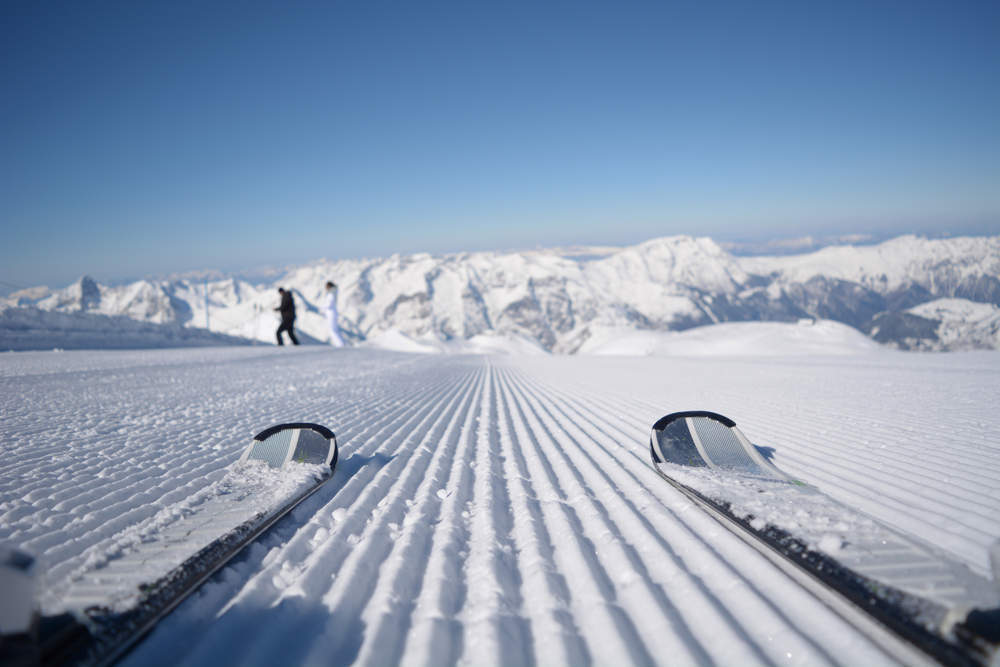Skiing is expensive; convincing people it’s worth the cost is important for the future of the sport, but, loss of snowfall due to climate change is the industry’s biggest challenge.
Skiing is a costly holiday, which requires a large amount of disposable income. In many ski resorts, baby boomers are the most common age group; more than two-thirds of skiers from the UK are aged between 43 and 65.
Boomers are comparatively better-off than their millennial children; they have large disposable incomes and most already own their homes which have surged in value since they first bought it. Skiing is a luxury they can justify.
In comparison, millennials are faced with large student debt, average incomes no higher than they were 15 years ago, and the need to save relentlessly if they ever want the opportunity to buy their own home.
This makes many millennials unable to justify going on a skiing holiday – unless someone else pays. But, younger skiers will be essential for the industry to survive long-term.
Additionally, there is the threat of climate change: studies suggest global warming will see snowfall replaced by rain across the Alps by the end of the century and by 2100 Alpine ski resorts could lose up to 70 percent of their snow cover.
How well do you really know your competitors?
Access the most comprehensive Company Profiles on the market, powered by GlobalData. Save hours of research. Gain competitive edge.

Thank you!
Your download email will arrive shortly
Not ready to buy yet? Download a free sample
We are confident about the unique quality of our Company Profiles. However, we want you to make the most beneficial decision for your business, so we offer a free sample that you can download by submitting the below form
By GlobalDataEven if the Paris Agreement temperature target is met, the loss is still estimated at 30 percent.
The impact of rising temperatures has already been felt across European ski resorts. In 2016, the Swiss Alps had its driest December since records began, also making it the third consecutive year with little snow at Christmas – a popular time to go skiing.
This is expected to make people more averse to skiing early in the season as the time frame where snowfall is considered highly likely has reduced, essentially shortening the ski season.
Also, current methods of creating artificial snow still require the presence of cold air, so in the presence of warmer temperatures the short-fall of snow can’t simply be compensated by increasing artificial production.
Less snowfall will also increase the cost of skiing. Presuming demand doesn’t fall, shorter ski seasons will give resorts, hotels, chalet owners and other winter sport related services the ability to charge higher prices as supply has essentially fallen and consumers have less choice about when they go skiing.
If ski resorts are to remain open for the all of the traditional season, advancements will be needed in the production of artificial snow so it can occur in warmer temperatures.
The Norwegian Ministry of Culture has awarded grants to researches to undertake a project with the aim of achieving this. Such projects will be salient for the future of the ski industry in the face of global warming.
The generation with disposable incomes large enough to go skiing is ageing.
The future of ski holidays depends upon young people taking up the sport, but convincing younger generations with larger financial worries to pay the expense will be a challenge.
However, the sheer existence of the industry is under threat by the effect of global warming; even meeting the Paris Agreement temperature target will mean a loss of snow cover.
Counteracting the impact of climate change must be the industry’s priority if it is to survive.







